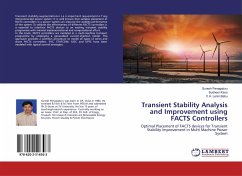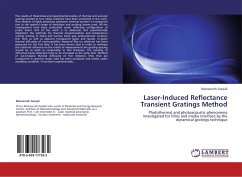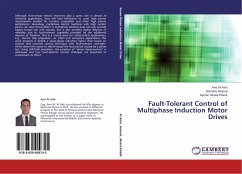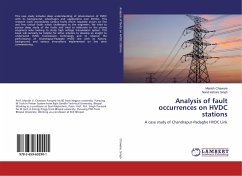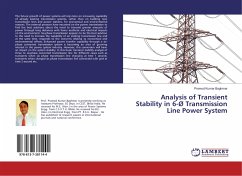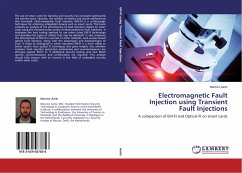
Electromagnetic Fault Injection using Transient Fault Injections
A comparison of EM-FI and Optical-FI on smart cards
Versandkostenfrei!
Versandfertig in 6-10 Tagen
28,99 €
inkl. MwSt.

PAYBACK Punkte
14 °P sammeln!
The use of smart cards for banking and security has increased significantly the last few years. Likewise, the number of attacks and attack methods has also increased. Electromagnetic Fault Injection (EM-FI) is a cutting-edge technique for attacking embedded devices such as smart cards. This book contains an analysis of the effectiveness of fault injection attacks on smart cards using the transient pulse variety of electromagnetic fault injections. It addresses the best testing method to use when using EM-FI technology and describes the types of effects that may be obtained. It also compares th...
The use of smart cards for banking and security has increased significantly the last few years. Likewise, the number of attacks and attack methods has also increased. Electromagnetic Fault Injection (EM-FI) is a cutting-edge technique for attacking embedded devices such as smart cards. This book contains an analysis of the effectiveness of fault injection attacks on smart cards using the transient pulse variety of electromagnetic fault injections. It addresses the best testing method to use when using EM-FI technology and describes the types of effects that may be obtained. It also compares the effectiveness of EM-FI in contrast to other methods, such as laser-based optical fault injection, along with the advantages and disadvantages of each. It helps to distinguish in which situations EM-FI is a more viable or better option than optical FI techniques and gives insights into whether common fault injection protection mechanisms and countermeasures are effective against EM-FI or ifadditional security testing and new EM-FI specific countermeasures and certifications are required. This analysis should help anyone with an interest in the field of embedded security and/or smart cards.



